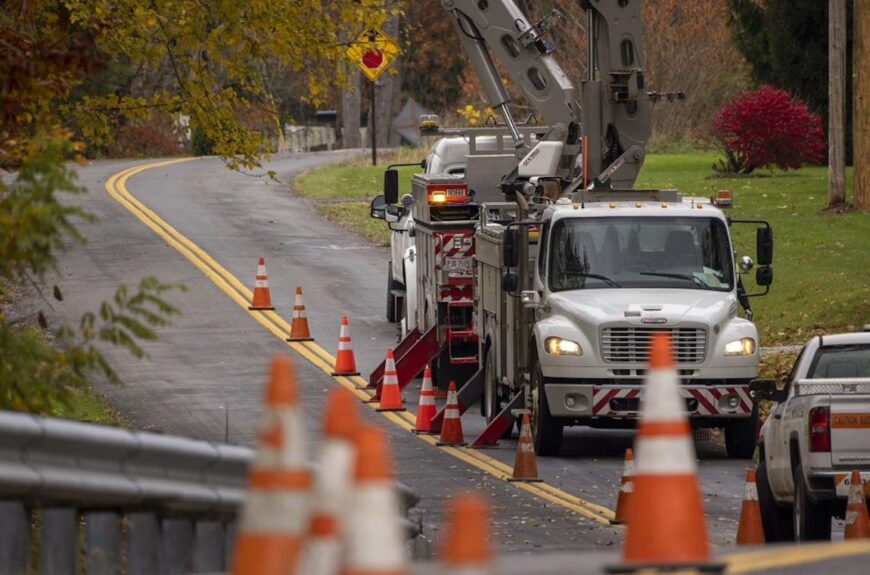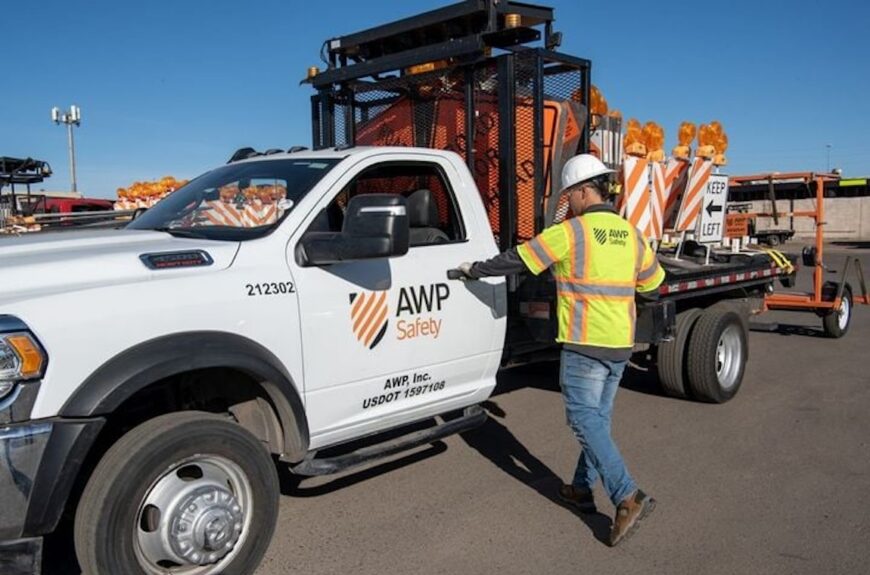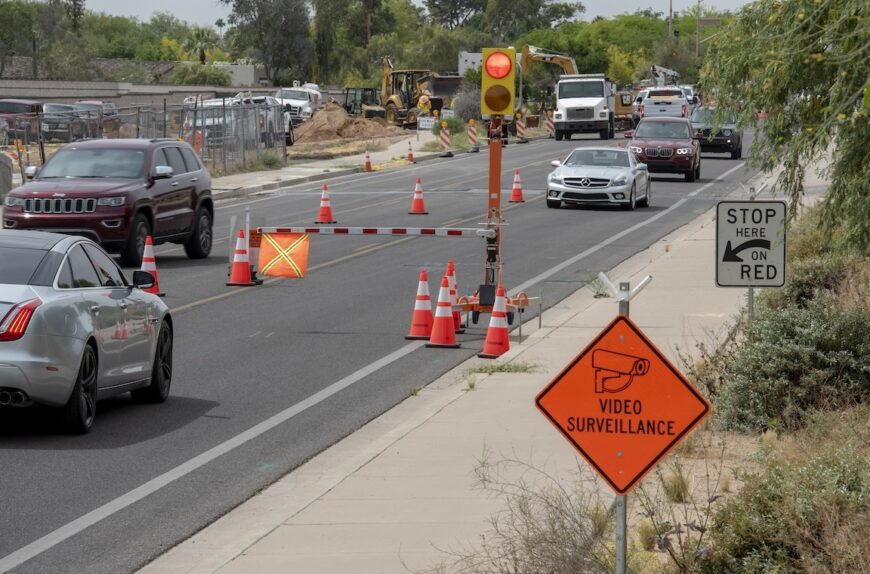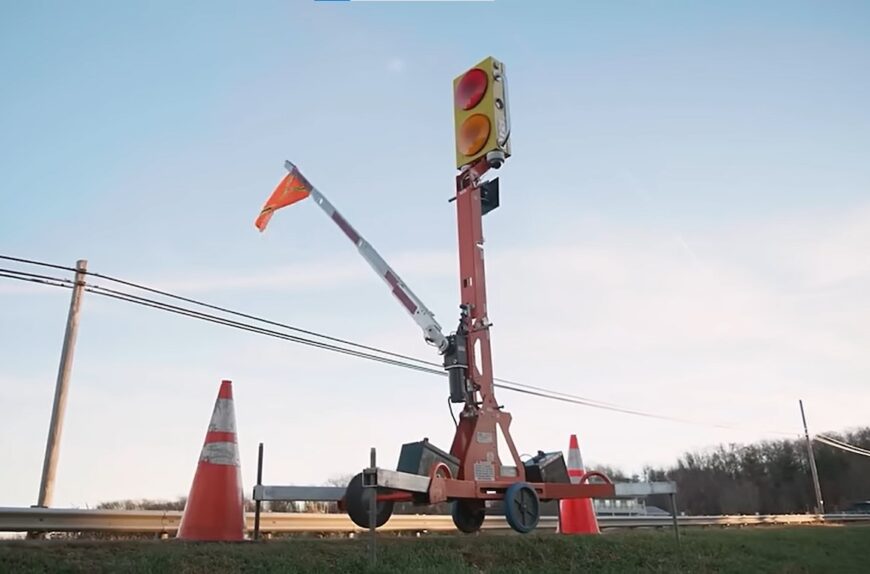
AWP VP Of Safety Advises on Traffic Control Planning for Civil Engineering Construction Projects
Civil & Structural Engineer recently featured an article written by AWP Safety’s VP Of Safety, Mark Ludwig, sharing his expertise on how to best leverage traffic control planning in civil engineering construction projects. Civil & Structural Engineer is a valuable news source for the engineering industry, sharing relevant content with civil engineers and industry leaders.
Civil engineering construction projects have many variables, and present unique challenges for those managing them. In the article, Mark emphasizes the importance of leveraging expert traffic control planning to ensure a safe, efficient, and overall successful project; and describes the five key elements a traffic control plan needs to address.
- Traffic Flows – Traffic flow planning entails the design of the construction area; provision of clear access for vehicles, pedestrians and cyclists; and establishing speed limits. Plans also address any disruption to normal traffic flows (i.e. detours, lane closures, etc.), ensuring all points are clearly identified and all local businesses/residents are notified in advance.
- Visibility and Signage – Proper signage, appropriate barricades, and other necessary traffic control devices need to be implemented. The best placement for signage should always be evaluated, and visibility concerns should be considered. AFAD’s are being leveraged more often by the construction sector to help with efficiency and safety, and are another piece of equipment to consider for your project.
- Regulations –All plans must adhere to both federal and state requirements. Current federal regulations for each state are outlined in the MUTCD, and updated regularly. Be sure to reference the latest version for your particular state prior to beginning work. Workzones involving hazardous materials also have their own set of strict guidelines that need to be adhered to.
- Logistics – Civil Engineering traffic control plans need to be designed with enough flexibility to accommodate the different stages of the project. A detailed plan will outline the timeline, responsibilities, tasks and desired project outcomes, as well as include information about the type of construction, key dates, expected changes to traffic patterns and projected access points. A meeting should be held with local law enforcement to review the plan and logistics. Also, always ensure that you have trained and certified flaggers overseeing the workzone. Partner with a professional traffic control services provider whenever possible to ensure your workzone is properly protected.
- Budget – One of the best ways to maintain costs is to keep the plan as simple as possible to implement. Mimic existing road conditions and/or consider leveraging streamlined shifts like a single-lane traffic pattern over a two-lane pattern, when possible. By using existing equipment (from previous projects, or purchasing components from a supplier who specializes in traffic engineering) can potentially reduce costs up to 50%. Also be sure to include budget for oversight of the plan, including supervisors, specialists, additional protective equipment and costs associated with potential delays.
Leverage The Experts
In addition to the five key elements of a civil engineering traffic control plan, Mark also highlights the importance of partnering with service providers who have extensive civil engineering project experience. By partnering with an expert who understands the complexity and unique needs of a civil engineering project, they can help you shape more informed, complete strategies to protect your workzone.
To read Mark’s full article on this topic, visit the March Issue of Civil & Structural Engineer.
AWP Safety understands the complexity of building, renovating, and expanding infrastructure projects. We can help make your civil engineering project a success, protecting people and progress. Request a free quote and we will be in contact to discuss your needs within 24 hours!



